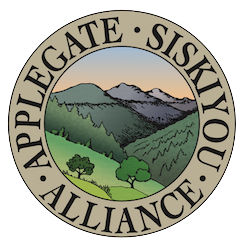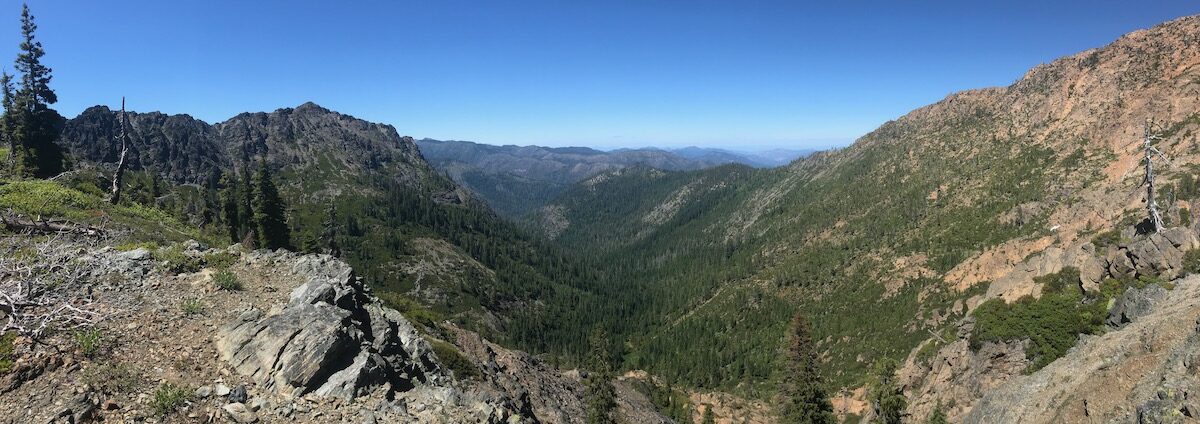2023: A Year in Review
Over the past year Applegate Siskiyou Alliance (ASA) has been working hard to address the immediate threats of today while building a vision for the future of the Applegate Siskiyou region. As an organization, we have focused on increasing our capacity, outreach and impact, while actively organizing within the community and through various environmental coalitions to support campaigns for permanent protection, and to stop projects proposed on federal lands that threatened the area’s unique biodiversity, spectacular wildlands, intact watersheds, and important wildlife habitats.
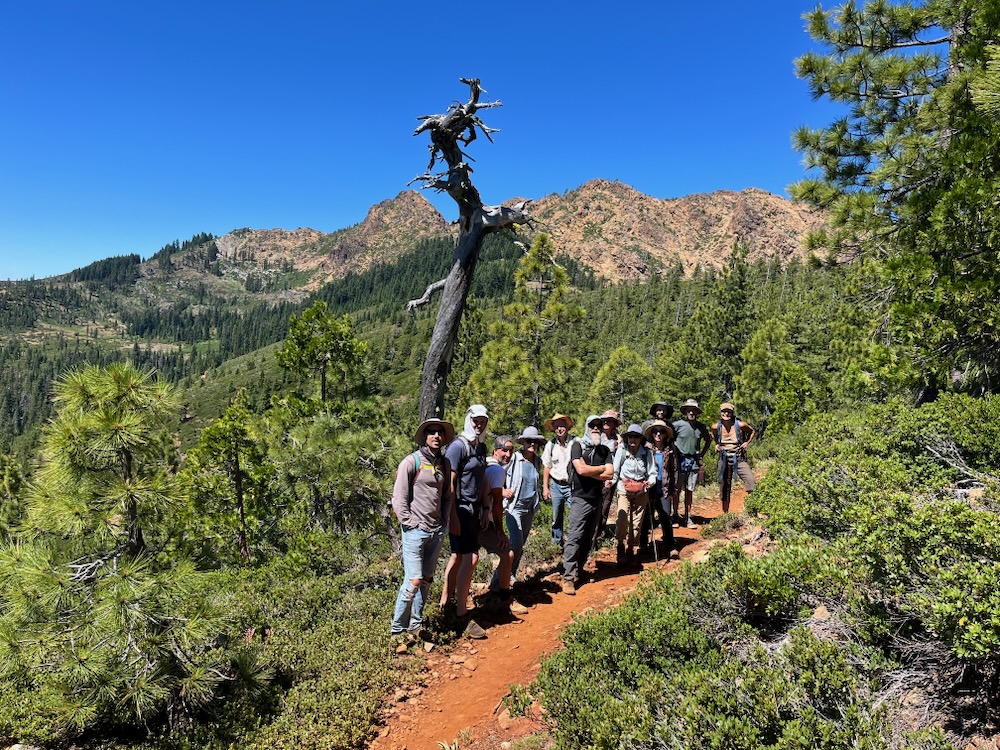
This includes monitoring federal land management activities across the region, reviewing those projects on the ground, writing detailed public comments and objections, and preparing for litigation if necessary. It also includes organizing local communities; leading public campaigns; hosting educational opportunities; lobbying in Washington DC; engaging elected officials, and increasing awareness for both the threats to this spectacular region and its incredible biological values.
While working to protect these wildlands from immediate threats, we also understand that we need a long-term strategy and a comprehensive vision for the Applegate Siskiyou region. This strategy includes permanent habitat protections, broad shifts in federal land policy, and strong grassroots support for conservation in the area. To achieve these goals, we have begun working on a local, national and regional level through environmental coalitions and by organizing our local communities to more actively support the permanent protection of wildlands in our region.
Below are major projects undertaken in 2023 by ASA and our supporters in southwestern Oregon.
Addressing the Threats of Today
IVM/Late Mungers

For the past three years ASA has been opposing the massive IVM Project which would approve a series of timber sales allowing up to 20,000 acres of commercial logging and 90 miles of new road construction per decade on BLM lands. In particular, the project would target Late Successional Reserve forests set aside to protect habitat for the threatened Northern spotted owl. These reserves contain mature and old-growth forests with complex, closed canopy conditions, cool, moist habitat associations, large trees, large snags and large downed wood, important for carbon storage and climate moderation. They also provide vital habitat for the northern spotted owl.
Yet instead of protecting and maintaining old forest habitat for the owl, the BLM has proposed to log these areas using heavy industrial logging prescriptions that would downgrade or remove northern spotted owl habitat by logging large trees up to 36” in diameter and reducing canopy to as low as 30%. The proposal would also approve group selection logging, a form of staggered clearcut logging, that removes whole groves of mature forest, in patches up to 4 acres at a time and on up to 20% of a forest stand. To make matters worse, projects could be implemented with no meaningful public involvement and with very minimal, if any site-specific scientific analysis.
The first major timber sales proposed under the IVM Project are located above the communities of Williams and Murphy in the western Applegate Valley, and would log large old trees in some of the last old forests remaining in the Williams and Murphy Creek watersheds.
In opposition to both the IVM Project and the Late Mungers/Penn Butte Timber Sales above Williams and Murphy we filed suit on August 10, 2023 challenging this project in the Oregon District Court, Medford Division. ASA is being represented in the lawsuit by the Colorado University Natural Resource, Energy and Environmental Law Clinic, with local Applegate and Williams residents as standing declarants in the case.
Our suit brings forward claims that the BLM violated the National Environmental Policy Act (NEPA) and the Federal Lands Policy and Management Act (FLPMA) by failing to provide sufficient site specific NEPA analysis, failing to comply with the BLM’s 2016 Resource Management Plan (RMP), and failing to adequately consider numerous relevant issues. We hope to prevail in court and protect the last old forests above Williams and Murphy, as well as old forests throughout the Medford District BLM that could be targeted for logging under the IVM Project.
Bear Grub Timber Sale

Unfortunately, after three years of opposition and the cancellation of the Bear Grub Timber Sale in response to official Administrative Objections filed by ASA and our allies, Bear Grub is back! In June 2023, the Medford District BLM again proposed the Bear Grub Timber Sale in all the same inappropriate locations, in all the same mature and old-growth stands and with the same damaging group selection logging prescriptions.
The project proposes logging in mature, fire resistant forests dominated by large, old trees directly adjacent to or in the immediate viewshed of the popular East Applegate Ridge Trail (East ART), in the Wellington Wildlands (an over 7,000-acre roadless area), as well as in the forests of Sterling Creek, the Little Applegate River, and around Ruch, at the heart of the Applegate Valley.
We expect BLM to make a final decision on this project sometime in 2024 and will remain vigilant in our efforts to save these spectacular forests, wildlands and important recreation areas from staggered clearcut forestry, euphemistically called “group selection” logging.
Siskiyou Mountains Fuel Break Project
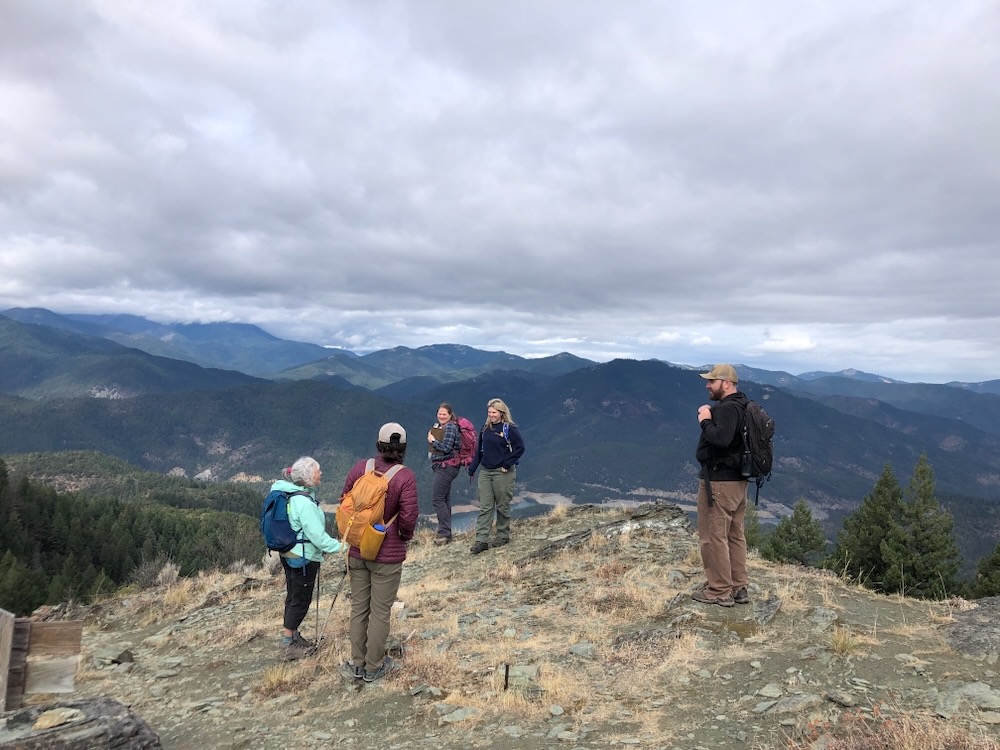
The Rogue River-Siskiyou National Forest has proposed a large scale fuel break project in the mountains of the Applegate River watershed, including some of the most intact roadless areas, Special Interest Areas, and Botanical Areas in the region, and along some of the area’s most beloved hiking trails.
The Siskiyou Mountains Fuel Break Project would conduct manual thinning treatments on 4,290 acres along the entire Stein Butte/Elliott Ridge Trail above the Applegate Reservoir in the citizen-identified Elliott Ridge Roadless Area, along the McDonald Peak and Wagner Butte Trails in the McDonald Peak Inventoried Roadless Area and McDonald Peak Botanical Area, and along the Sevenmile Ridge Trail in the citizen-identified Big Red Mountain Roadless Area. These treatments would take place from the canyon bottoms to over 6,800’ on the Siskiyou Crest in very sensitive habitats that neither contain a significant fire risk nor would benefit from manual thinning treatments.
ASA visited thousands of acres of public land monitoring this project, attended three field trips with the Forest Service, submitted an extensive 108-page public comment on the project, and proposed our own alternative that would reduce impacts on wildland areas, while focusing more appropriately on low elevation habitats adjacent to private residences or communities, and in previously impacted ecosystems that might benefit from thoughtful and strategically implemented restoration treatments.
In 2024, we will continue monitoring this fuelbreak project and advocating for the protection of wildland habitats, intact plant communities, undisturbed non-motorized recreational values, Botanical Areas, Roadless Area and other important values found throughout the Siskiyou Mountains Fuel Break Project. We believe we can make this project better with direct and strong engagement during the planning process and will continue to do so in 2023.
Off-Road Vehicle Closures
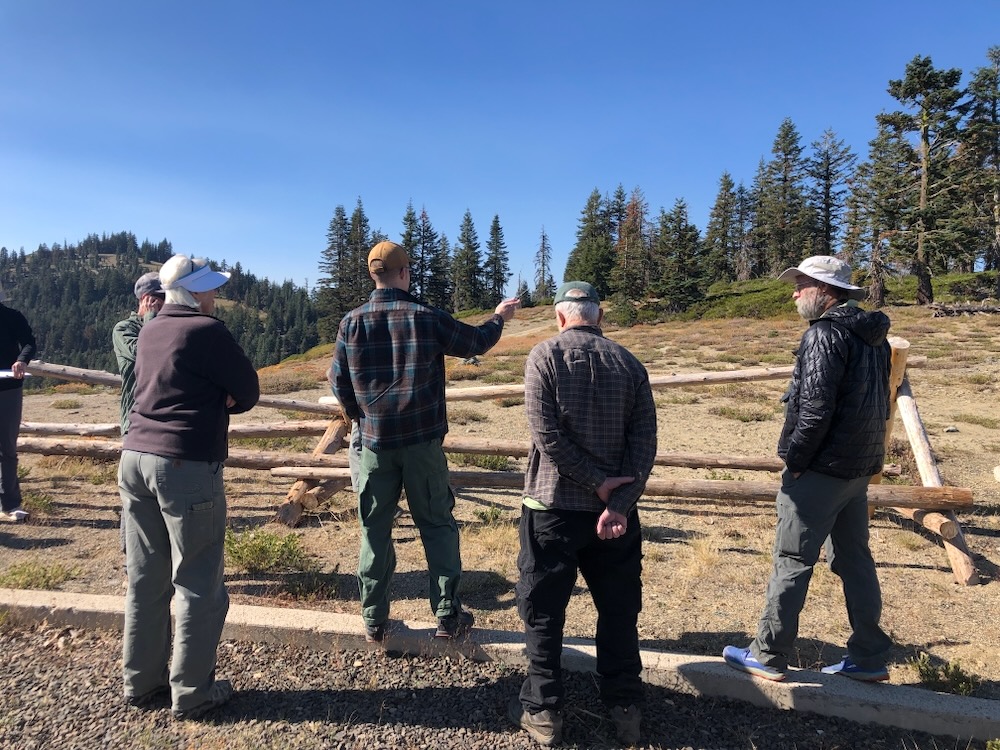
For the past decade ASA has been monitoring off-road vehicle damage throughout the public lands of the Applegate River watershed and the Siskiyou Crest region. We have been using this monitoring information to advocate for the closure of illegal motorized routes in designated Botanical Areas, in sensitive habitats, and in areas that impact the Pacific Crest Trail along the Siskiyou Crest.
In 2023 this work finally began to pay dividends with closures being installed at the Klamath Meridan Overlook in the Mt. Ashland/Siskiyou Peak Botanical Area, and with the initial supply of large boulders being delivered that will create additional closures near Bearground Springs on the northeastern flank of Big Ridge, at Sheep Camp Spring in the Observation Peak Botanical Area, at Mud Springs near Condrey Mountain, and in other areas on the Siskiyou Crest. We are also in the process of working with partners to secure additional closures near Big Red Mountain in the Big Red Mountain Botanical Area, near Observation Peak in the Observation Peak Botanical Area and at other locations on the Siskiyou Crest.
In 2024, we will continue both our monitoring and advocacy and hope to secure additional off-road vehicle closures on both BLM and Forest Service lands in the Applegate watershed and Siskiyou Crest regions.
Building a Vision for the Future
Siskiyou Crest Coalition
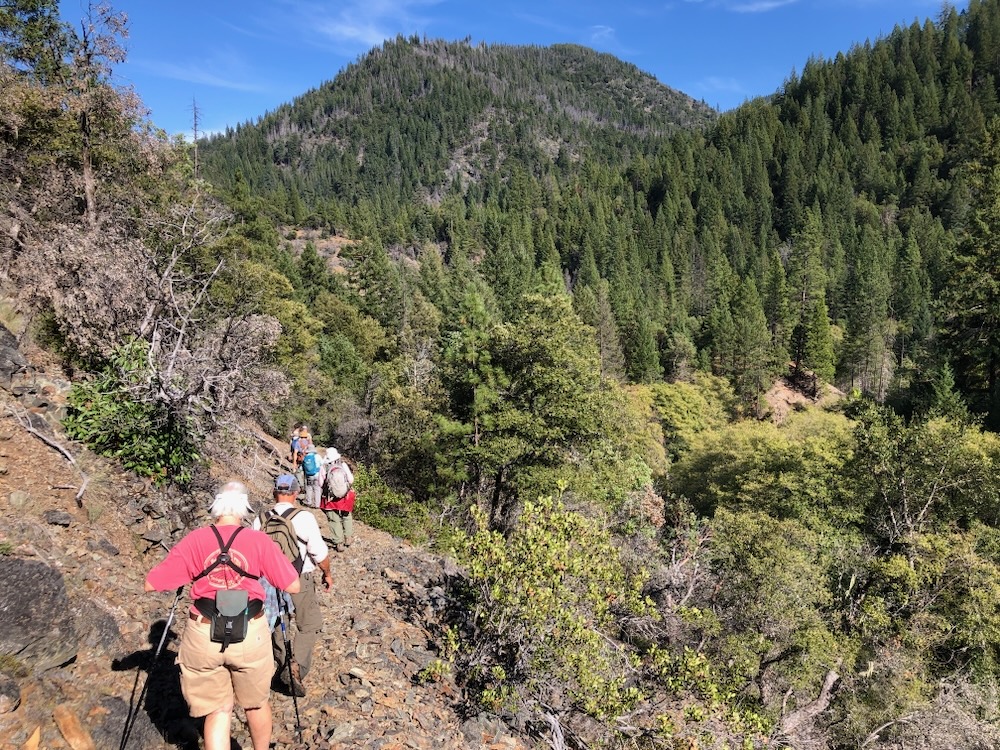
The Siskiyou Crest is a regionally significant connectivity and climate migration corridor, with world-class biological diversity and significant wildland habitats. Yet the region remains both underappreciated and under-protected. Working with the Siskiyou Crest Coalition, we are taking a very active role in the campaign to protect the Siskiyou Crest region, and this past summer, along with numerous conservation partners, we helped organize the Celebrating the Siskiyou Crest Festival. The festival was organized to bring attention to the region, it’s incredible biodiversity, and the need for increased habitat protections. ASA is working with the Siskiyou Crest Coalition to build support for these protections in the grassroots, with elected officials, within the conservation movement, and in local communities. Our ultimate goal is the permanent protection of deserving portions of the Siskiyou Crest region.
Wild and Scenic River Designation
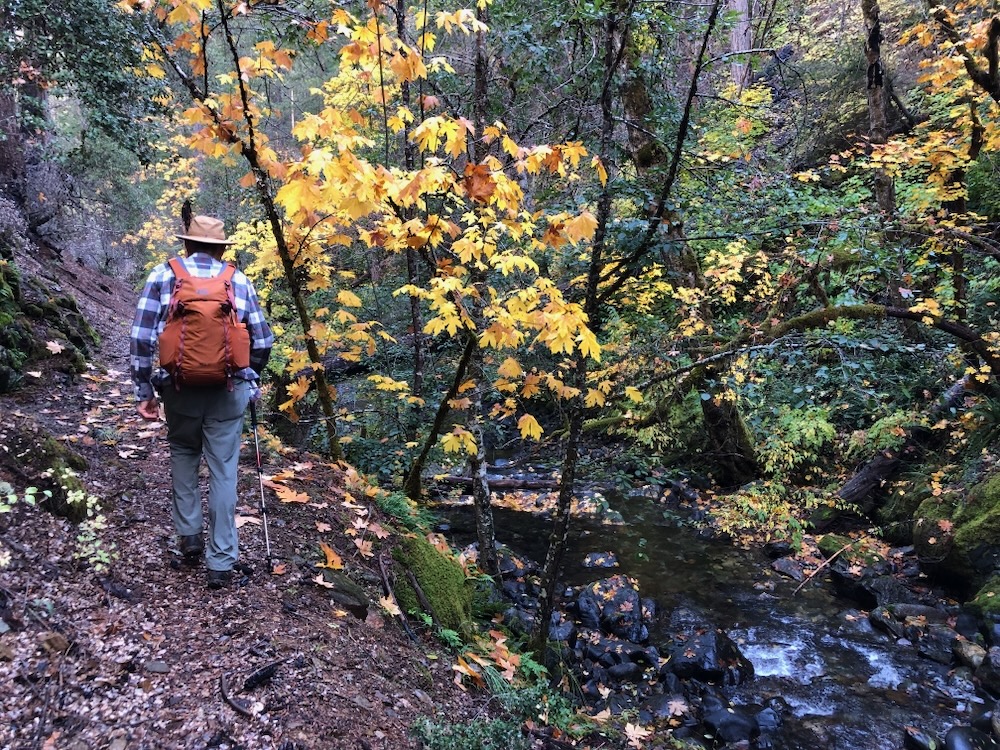
For almost four years now, ASA has been working to support the designation of new Wild and Scenic River segments on tributaries of the Applegate River under Senator Wyden’s River Democracy Act. Working with the Oregon Wild and Scenic River Coalition, we nominated streams in the Applegate River watershed and are working to secure protection for these streams under the Wild and Scenic River Act. Streams currently proposed for protection in the River Democracy Act include public lands at the headwaters of Slate Creek, on Pipe Fork, in the Little Applegate River canyon, on tributaries of the Upper Applegate River, and portions of Carberry Creek. Unfortunately, the wild California portions of the watershed are not included in this legislation and we are seeking other opportunities to protect these stream under California-based Wild and Scenic River legislation.
Non-Motorized Trail Development

ASA is currently working to build the Tallowbox Trail, a hiking trail that would extend from Ladybug Gulch, a tributary of Star Gulch, to a ridgetop saddle east of Tallowbox Mountain. It would also be the only official trail in the Burton-Ninemile Lands with Wilderness Characteristics (LWC).
We have conducted multiple volunteer trail building events with residents from the surrounding communities. We have also secured a small grant from the Ashland Food Coop to fund more technical segments of trail construction. Currently, the trail is cleared and tread construction is approximately half finished. We hope to open this trail in time for spring wildflowers in 2024, but will need local volunteers to get this done. Watch for opportunities to participate in the construction of the Tallowbox Trail.
We are also working on additional trail proposals in the Wellington Wildlands, known as the Wellington Mine Trail. This non-motorized trail would convert old mine road on the north-facing slope of Wellington Butte into a community trail. Please sign our petition to support this trail.
Federal Rulemaking
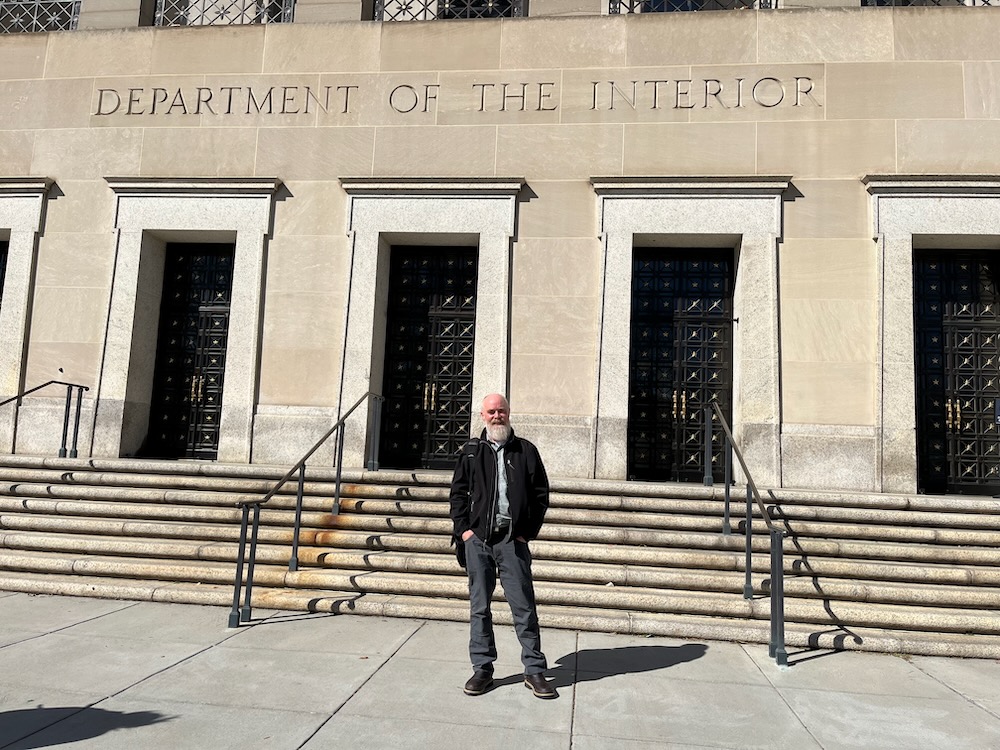
ASA has been engaging in federal rulemaking processes affecting all National Forest and BLM lands. Currently, the Biden Administration has released Executive Orders to both protect mature and old forests for climate mitigation and carbon storage, and to support the 30X30 Initiative, which proposes to protect 30% of our nation’s land and waters by 2030. To implement these Executive Orders, federal land managers are preparing new federal policy intended to protect mature and old forests on public lands, and these policies would be implemented through new federal rulemaking processes to protect forests and other intact, natural habitats.
We have been working closely with numerous non-profit organizations and nationwide coalitions to inform these proposals and to support policies that would protect mature and old forests from commercial logging and our nation’s last intact wildland habitats. We have submitted extensive, detailed public comments and documented local mature and old forest logging proposals in our region, which in turn have been identified as some of the worst commercial logging projects currently proposed in the entire nation. We have also traveled to Washington DC and the halls of our Capital to lobby for these protections with senate and congressional staffers, at the Department of Interior, and at the Council for Environmental Quality.
In 2024, we will continue working towards durable, long-lasting protections for intact natural environments and mature or old-growth forests on federal lands. We will also continue documenting local timber sales, opposing those timber sales through both local and national campaigns, and working to promote better policies to protect them from future logging projects and for future generations.
Siskiyou Ecological Research Project

This past year, ASA started the Siskiyou Ecological Research Project, a citizen-based science project documenting the biodiversity of the Siskiyou Mountains. More specifically, we have started publishing the Siskiyou Crest White Paper Series to disseminate information about the region’s biodiversity and unique natural habitats.
The goal is to fill in the gaps in the current academic literature, contribute to scientific knowledge surrounding the incredible biodiversity found in the region and build more appreciation for the area’s biodiversity. Due to the area’s rugged, remote terrain, distance from population centers and academic institutions, much of the region’s unbelievable biodiversity remains undocumented, poorly documented, or underappreciated. We hope to change that by documenting unique species, habitats, and biological values in the area. We also hope to attract interest from academic institutions, universities, non-profit organizations and government agencies who might contribute to the exploration and documentation of the region’s biodiversity and other biological values.
The program is volunteer-based, and our goal is to make the reports both academically meaningful and accessible to the general public. We are interested in working with citizens, botanists, naturalists and biologists of all sorts to highlight the biodiversity of the region through the Siskiyou Crest White Paper Series. If you would like to participate, please contact us at: luke@applegatesiskiyou.org
Siskiyou Crest Festival

This past summer, we worked with our partners at the Siskiyou Crest Coalition to sponsor the Celebrating the Siskiyou Crest Festival. The festival focused on the arts, culture and science of the Siskiyou Crest region with a large multimedia art show, music, a series of 10 hikes and field trips, and excellent speakers from across the region. The event was held at Pacifica Gardens in Williams, with hikes being offered from the Illinois, Rogue and Applegate watersheds.
The festival included extremely high quality presentations by top scientists and naturalists around the region. This included excellent keynote speakers such as longtime advocate for the region, David Rains Wallace, author of the Klamath Mountain classic book, The Klamath Knot. Additional keynote speakers included Joe Scott, a Siletz tribal member and active cultural practitioner, Michael Kauffman and Justin Garwood, biologists and editors of the The Klamath Mountains: A Natural History, and ASA’s own Executive Director, Luke Ruediger. The event was a huge success and we believe it enhanced the public’s understanding and appreciation for this spectacular region. We also believe it helped increase interest in protecting the region and its unique natural values.
Looking ahead in 2024
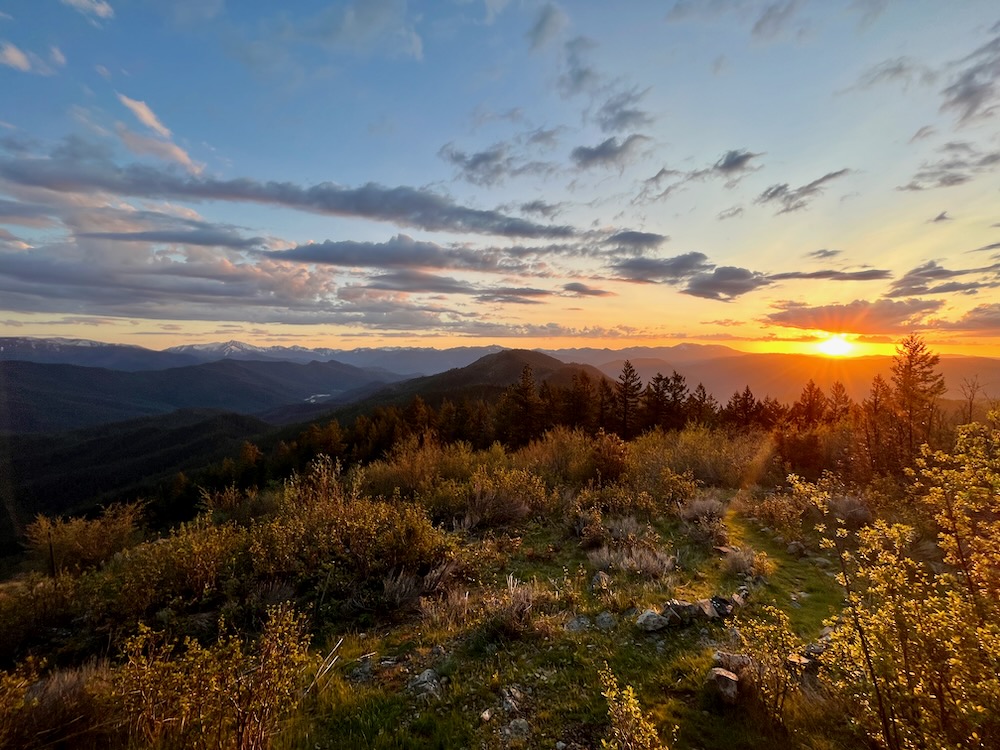
Our focus in 2024 will be on both opposing projects that damage the biological values of the region and working to better protect those values in the future. We will continue working towards creative, proactive solutions to achieve these goals, while also addressing immediate threats as they arise throughout the Applegate Siskiyou region and on our local public lands.
Please support our work with a generous year-end donation. To continue growing and expanding our programs, our influence, and our effectiveness throughout the region, we need increased financial support in 2024. Please make a tax-deductible donation. Any donation helps, and all are highly appreciated, but reoccurring donations made monthly, quarterly or annually are particularly helpful. In addition, larger donations of over $1000 will help us build the capacity we need to achieve our broad, bold goals for the Applegate River watershed. Join us as we work to protect the Applegate Siskiyou!
